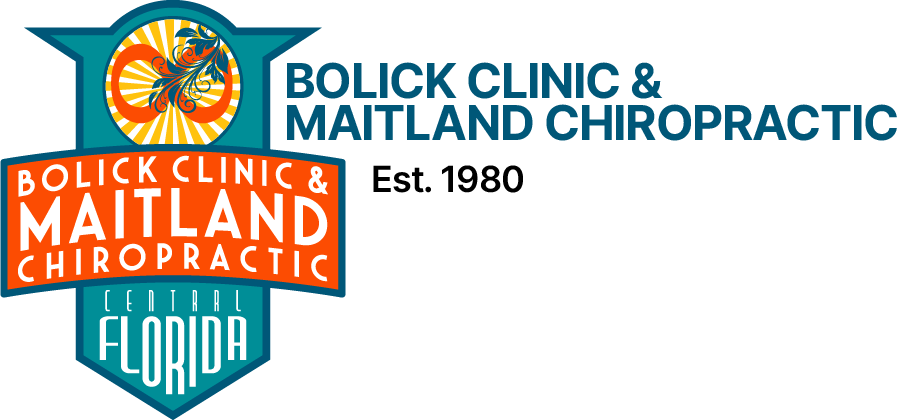The SpineCor system is a flexible brace that is principally prescribed for Idiopathic Scoliosis patients with a Cobb angle between 15° and 50° and Risser sign 0 to 3. The brace is fitted on the patient in accordance to a sub-classification of the traditional SRS definition of curve types. The SpineCor Assistant Software guides the treatment provider through the fitting process. The brace is prescribed to be worn by the patients 20 out of 24 hours per day until they have reached maturity, with radiological evaluations performed prior to and immediately following the fitting of the brace, and every 4 to 6 months afterwards. To accommodate for growth and postural changes, corrective bands need to be adjusted frequently and require replacement each 6-12 months for optimum brace performance. Major brace components can last from 1.5 – 2 years. A patient manual is provided that guides the patient in properly wearing the brace, as well as maintenance. The SpineCor brace must only be fitted by a SpineCor accredited practitioner who has attended 4 days of intensive training and fitted a minimum number of patients under supervision. It is also suggested that prescribing doctors attend some training in order to effectively monitor and manage this treatment using very different treatment principles and protocols.
INDICATIONS
SpineCor® has been designed for the treatment of idiopathic Scoliosis only. Its efficacy for treating neuromuscular, neurological or other types of scoliosis is unknown and generally non-idiopathic scoliosis is contraindicated.
Indications:
- Idiopathic Scoliosis diagnosed and confirmed.
- Boy or Girl from 5 years of age +.
- Initial Cobb angle equal or above 15°, proven progression of more than 5° in last 6 months or strong family history.
- Initial Cobb angle equal or below 50°.
- Risser 0, 1, 2, 3 or pre-menarchial.
- Curve Types: All classes including curves that are inverse to normal patterns (e.g. Left Thoracic, Right Lumbar)
CONTRA INDICATIONS
- Scoliosis resulting from a deficit of the neuromuscular system e.g., Cerebral Palsy
- Traumatic paraplegia or quadriplegia
- Spinal Muscular Atrophy
- Friedreich’s Ataxia
- Familial Dysautonomia
- Peroneal Muscular Atrophy
- Duchenne
- Myopathy
- Postural Scoliosis: when a supine X-ray compares with a frontal X-ray shows an almost complete reduction (Cobb angle less than 5°).
- Patients who have had previous treatment except for Physiotherapy or shoe lift.
- In some cases SpineCor has shown to be effective after rigid braces, only if the rigid brace has been worn for less than 6 months and the neuro-muscular system is not significantly affected.
- Patient compliance also needs to be considered. Your doctor or specialist treatment provider will need to carry out a comprehensive assessment before advising on suitability of SpineCor® treatment after rigid bracing.
- Patients with congenital defects.
CONCEPT
The therapeutic approach is based on the etiology and pathogenesis of idiopathic scoliosis and uses a new treatment concept. It is a pathology of the neuro-musculoskeletal system in growth and maturation. The cause is genetic, and the pathogenesis involves a three-dimensional deformation of the spine, postural disorganization, unsynchronized growth and particular movement pattern of the body.
DIAGNOSIS
In order to obtain an accurate diagnosis, that would specify a particular class and subclass for the patient, the evaluation combines a clinical exam, radiological and postural evaluation.
TREATMENT
A specific corrective movement is performed, and the brace is applied according to the SpineCor Assistant Software instructions. The moderate tension in the elastic bands allows the repetition and amplification of the corrective movement as the child undertakes everyday activities. This results in a progressive curve reduction. The brace is worn 20 hours out of 24. The four hours out of the brace must not be taken at once, usually the patient divides them into two breaks: morning and evening. Sports are to be encouraged and done while wearing the brace. To obtain a neuro-muscular integration of the new strategy of movement, the minimum duration of the treatment is 18 months. Because of the progressive changes, absence of external support during the treatment, and intact muscles, there is no loss of correction after the brace discontinuation. Physical therapy is NOT a necessity in the SpineCor program (SpineCor itself may be considered a physiotherapy 20 hours out of 24). However, when the patient is willing to undergo a physio program, or a faster consolidation of the reduction of the curve is desired, the Global Postural Re-education (GPR) program is considered. For the patients at the beginning of the treatment, the physio is carried out with the brace on; for the patients in the weaning period the exercises are done without the brace.
PROGNOSIS
To really change the natural progression of idiopathic scoliosis, it is essential to reduce the curvature enough to eliminate the negative impact of abnormal biomechanics and growth. Therefore, it is possible to achieve a complete or almost complete correction of moderate curves, if the treatment is started before the main growth spurt (before Risser 1 and menarche). In curves over 30 degrees of Cobb angle, or when the treatment started during or after the main growth spurt, the goal of the treatment is a stabilization of the deformity. The therapeutic success is possible in more than 80% of cases. The reference reducibility calculated as early as at 3/4 months of treatment, is useful in defining the prognosis. However, for individual prognoses, the impact of the severity of the bone deformation, pattern of the growth and compliance must be considered.

